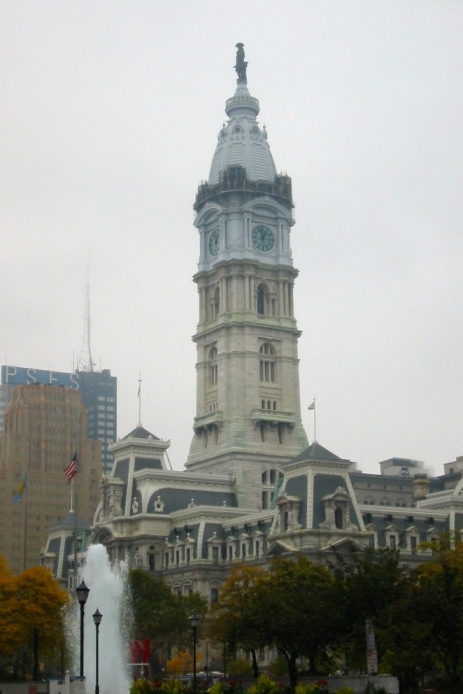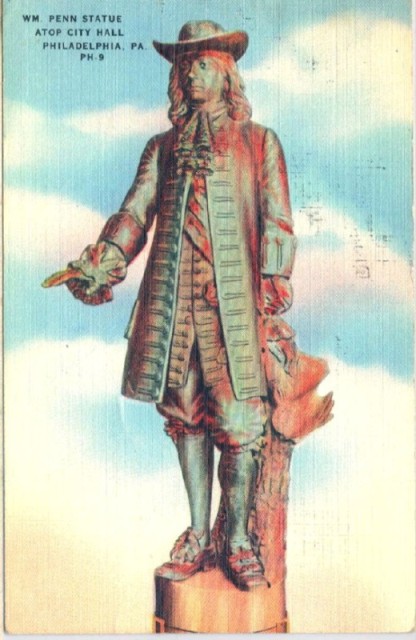Statues High Up
By
LC Van Savage
The Statues of Limitations
†††††† Ah life. So interesting, most of
the time, but oh, the sweet mysteries that exist, so puzzling to think about, often
impossible to understand. For example, in all my years of wandering about our
spinning rock in the firmaments, Iíve never, not once, been able to understand why
old statues are so often placed impossibly high above our heads. I mean way, way
high up there. They stand nobly atop domes and higher stanchions, cathedrals,
skyscrapers, sometimes on mountain tops, on top of huge obelisks, or they are
found on the rooftops of imposing historic buildings.
††††††People say, ďoh but you
can see them up close from an airplane.Ē Well look, hereís the deal on that, folks---
many of these ancient statues were carved and installed way before airplanes were
even built, and once built, few of them could even fly very high. Yes, the early flying
machines were maybe sketched out on parchment by dreamers, but were not
assembled until much later.
††††††So why did those sculptors
place their statues up so high? Oh, and also, how?? I get the power trip of having
oneís sculptured art work in a noble stance above the clouds, or maybe itís even a
religious thing óyou know, their sculpts being close to God and all. Sadly, we
mortals down on the sidewalks canít see the intricate work put into those statues;
you know, like the design of their togas, or buttons or eye twinkles or doís, dimples
and warts. Yes, we can use binoculars to view those statues so far above us, but I
just never carry mine with me. And unless I happen to also be using a sturdy tripod,
my binoculars would wobble so much Iíd end up being not so enraptured by the
sculptorís work, but would instead be nauseous. And believe me, no one likes to be
around me then.
††††††Further, Iím not a flyer, but
planes arenít allowed to fly close to statues on buildings, are they? Or even the
buildings themselves? Seems as if there must be a rule.
††††††One of the most notable
statues elevated where no one can see even a single detail, is the statue of William
Penn, the man who discovered Pennsylvania, carved by Alexander Milne Calder in
1901, on top of the Philadelphia City Hall. The statue itself is 37 ft. tall and weighs 27
tons, itís bronze and is the tallest statue on top of any building in the world. (You can
google it.) But at 548 ft. high, fabulous, huge and important, it is but a blurry
silhouette to geezers with glasses such as I.
From the ground view. |

|
††††††And back when there
were gentlemenís agreements (meaning no lawyers involved) the agreement of the
cityís fathers around Bill Pennís statue was that no one could erect an edifice any
higher than the rim of his hat. Weird, right?
††††††But seriously, sculpting is
very labor intensive, so whatís the point of working so hard and long on a great work
of art and then sticking it atop a building so high the only beings who can actually
see it clearly are pigeons and migrating geese?
†††††† And how did the workers
back then get those statues up so high anyway? Did the sculptors carve them up
there? Not likely. Did they haul them up on ropes piece by piece? Well, maybe, but
up there where the air is rarified people could get a little light headed and there might
be the risk of attaching a body part onto the wrong body part. Not good. Iíll have to
read about this.
††††††Call me silly, but if Iím going to
work that hard and long over a great statue with a hammer and chisel, spilling lots of
my blood and sweat, you can be sure when itís done, itíll be on display in an obvious
place. And, most assuredly, at eye level. (See close up pic below.)
Click on author's byline for bio and list of other works
published by Pencil Stubs Online.

|